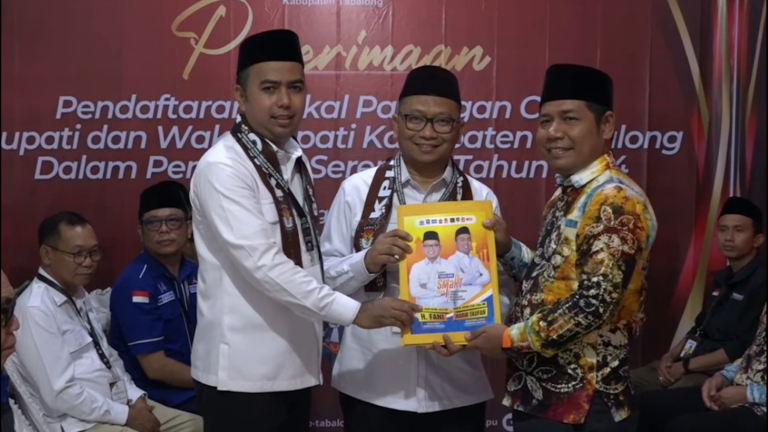Alat Musik Kalimantan Utara: The Traditional Music Instruments of North Kalimantan
North Kalimantan is one of Indonesia’s youngest province, established in 2012. This province is known for its rich cultural heritage, especially in the field of traditional music. The local communities in North Kalimantan have a great love for their traditional musical instruments, which have been passed down from generation to generation. The instruments themselves have a unique sound that is both intriguing and captivating.
In this article, we will cover the various traditional musical instruments of North Kalimantan, their history, and how they are played. We will also answer some frequently asked questions about these instruments.
The History of Alat Musik Kalimantan Utara
The musical instruments of North Kalimantan have a rich history. The region’s ethnic groups have been playing these instruments for centuries. The instruments have been used for traditional dances, rituals, and ceremonies. The music that is produced with these instruments is closely related to the daily life and traditions of the community in North Kalimantan.
The Types of Alat Musik Kalimantan Utara
North Kalimantan is home to several traditional music instruments, which are played in various settings such as weddings, rituals, or just as part of everyday life. The following are some of the most popular alat musik kalimantan utara:
1. Gendang
Gendang is a percussion instrument that is widely used in North Kalimantan. It is made from animal skin and is played with two sticks. It produces a rhythmic beat that is used to accompany dances or other musical performances.
2. Tuntungan
Tuntungan is a type of traditional stringed instrument played by Dayak communities in North Kalimantan. It has a long neck and a small resonating chamber, made from wood. It is played with a bow made of horsehair, producing a high-pitched sound that is both beautiful and haunting.
3. Sasando
Sasando is a unique and rare instrument, played by Dayak groups along the border of North Kalimantan and East Kalimantan. The instrument is made using woven bamboo and has a long neck and a small resonating chamber. It produces a soothing and melodic sound that is commonly used in traditional ceremonies.
4. Karombi
Karombi is a type of bamboo flute that is widely played in North Kalimantan. It is known for its distinct sound that is warm and melodious. It is used to accompany dances and is also a popular instrument at weddings.
How are Alat Musik Kalimantan Utara Played?
Each instrument has its unique method of playing. The gendang is played using two sticks, which are struck against the skin. The tuntungan is played with a bow made of horsehair, which is moved up and down the strings. The sasando is played by plucking the strings with the fingers, while the karombi is played by blowing into the instrument’s holes.
FAQs
Q: How has technology affected the traditional music of North Kalimantan?
A: Technology has allowed musicians to record and share their music with a wider audience. However, there is a concern that traditional music will be lost if it is not passed down from generation to generation.
Q: Can anyone learn to play the alat musik kalimantan utara?
A: Yes, anyone can learn to play these instruments. It takes time and practice to become proficient, but with dedication, anyone can learn to appreciate and play the traditional music of North Kalimantan.
Q: What is the significance of traditional music in the culture of North Kalimantan?
A: Traditional music is an essential part of the culture and traditions of North Kalimantan. It is used to celebrate life events, such as weddings, and is also used in religious rituals. The music tells stories of the community’s history and way of life, making it an important part of their cultural heritage.
Q: Can the alat musik kalimantan utara become a source of income for local communities?
A: Yes, traditional music can be a source of income for local communities. Musicians can play at events, sell their music, or teach others to play. It can also promote tourism to the region, highlighting the unique cultural heritage of North Kalimantan.
In Conclusion
North Kalimantan’s traditional musical instruments have a unique sound that is both enchanting and captivating. These instruments are not just objects but represent the cultural heritage and identity of the region. They have been preserved over the centuries, and keeping them alive is essential for the continuation of North Kalimantan’s cultural heritage. By learning to appreciate and play these traditional instruments, we can ensure that their legacy will continue for generations to come.
